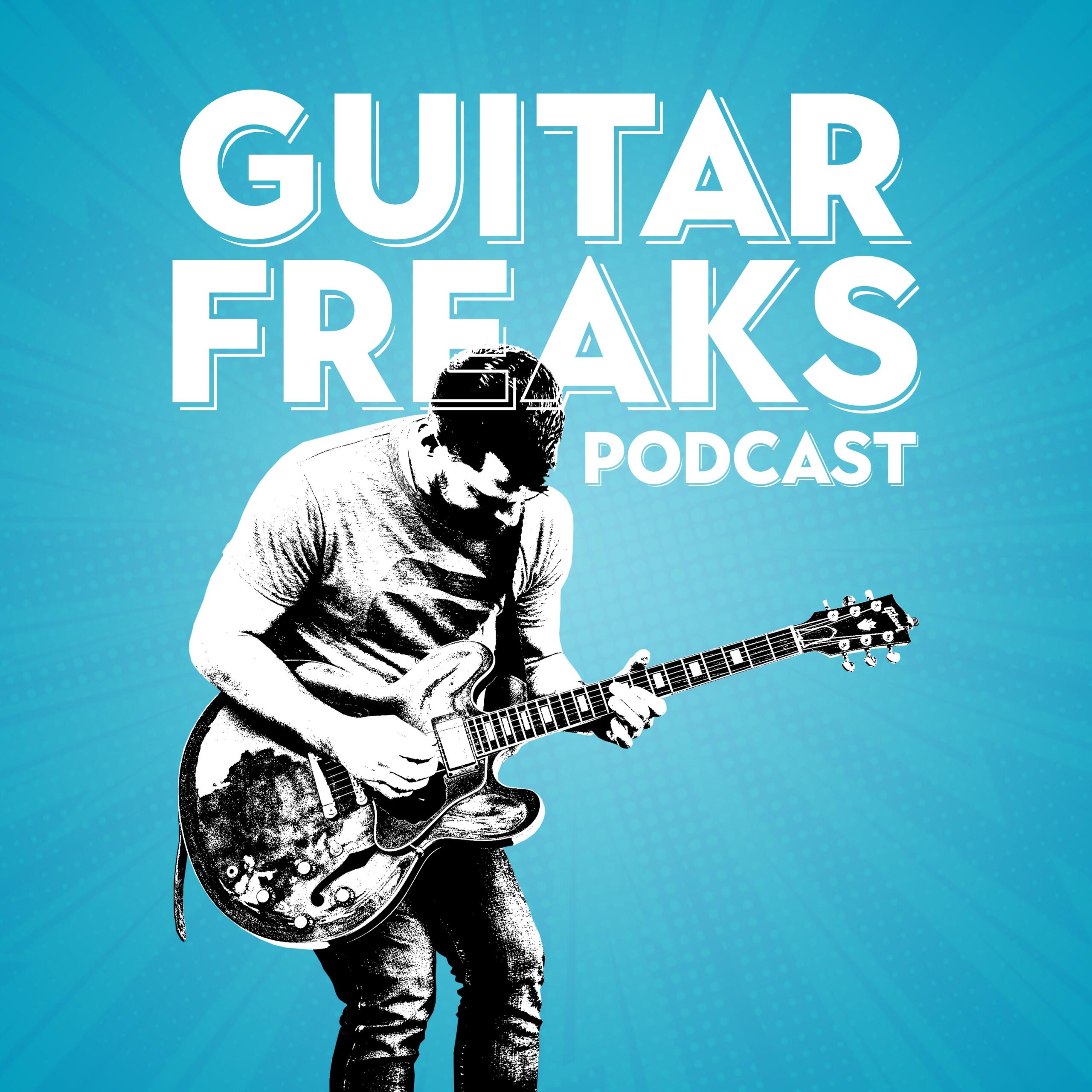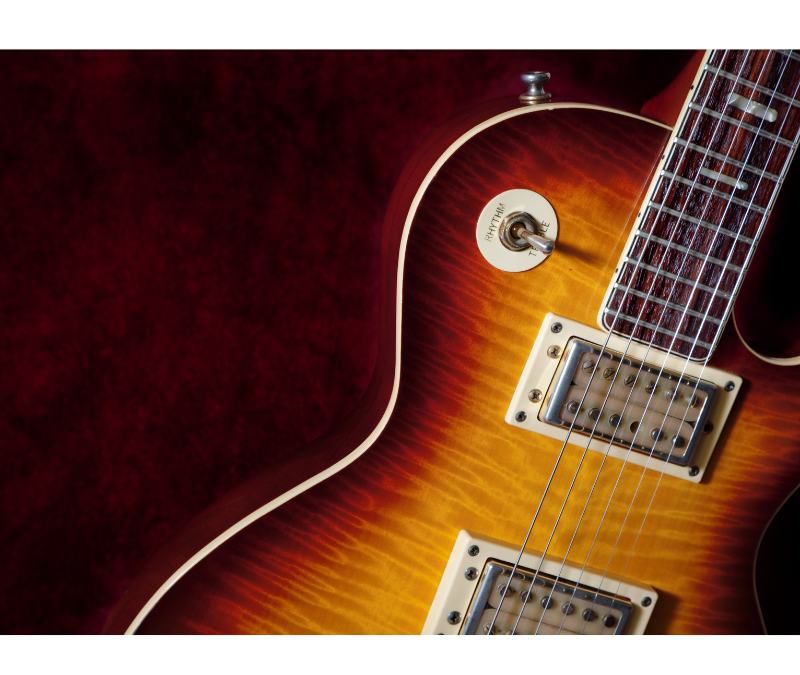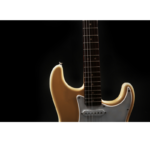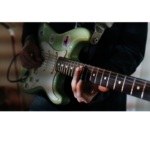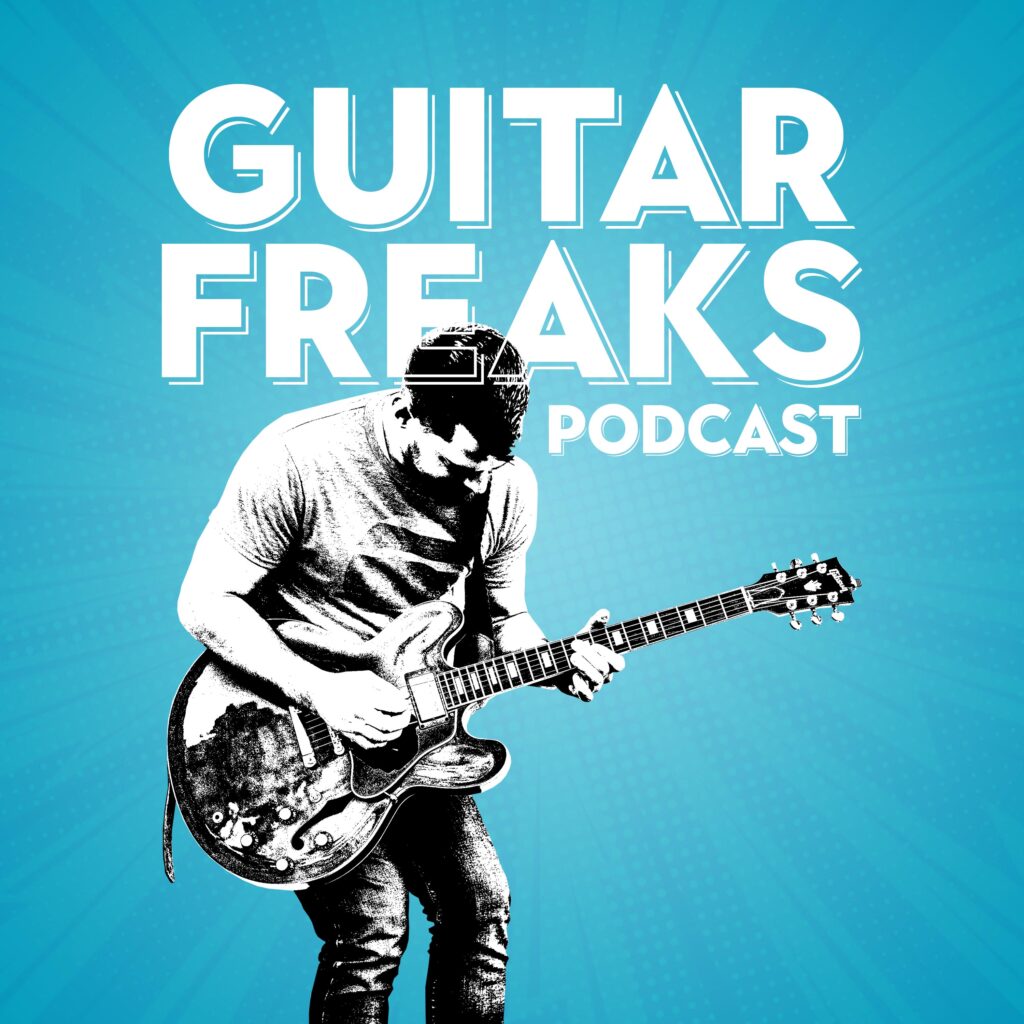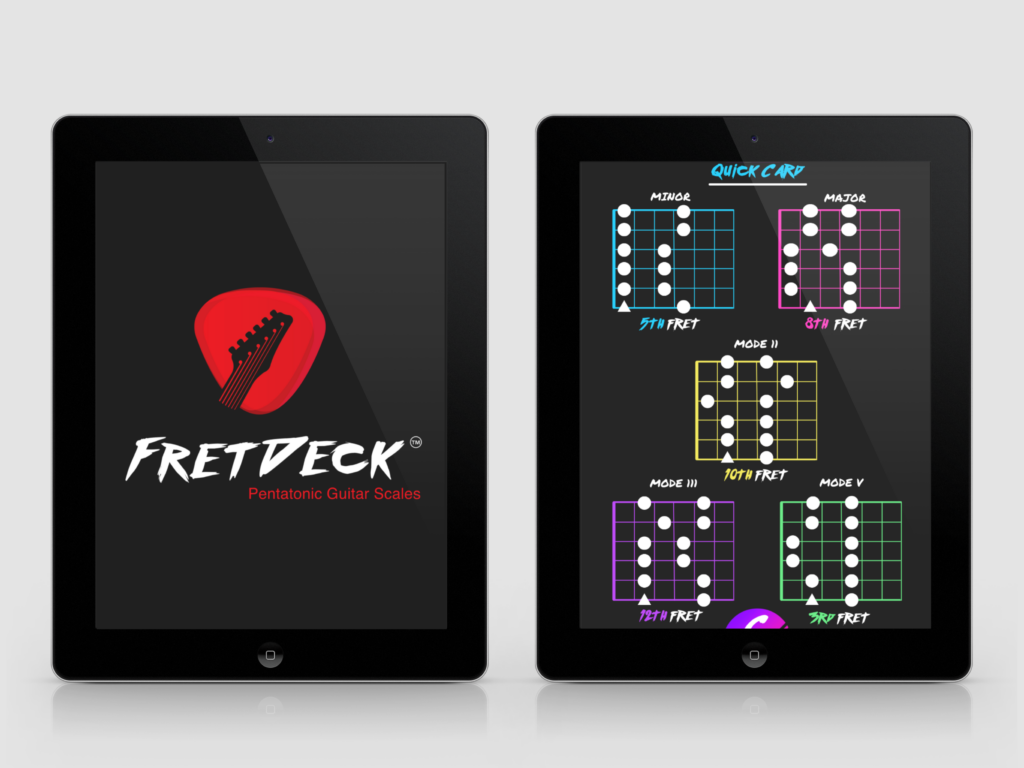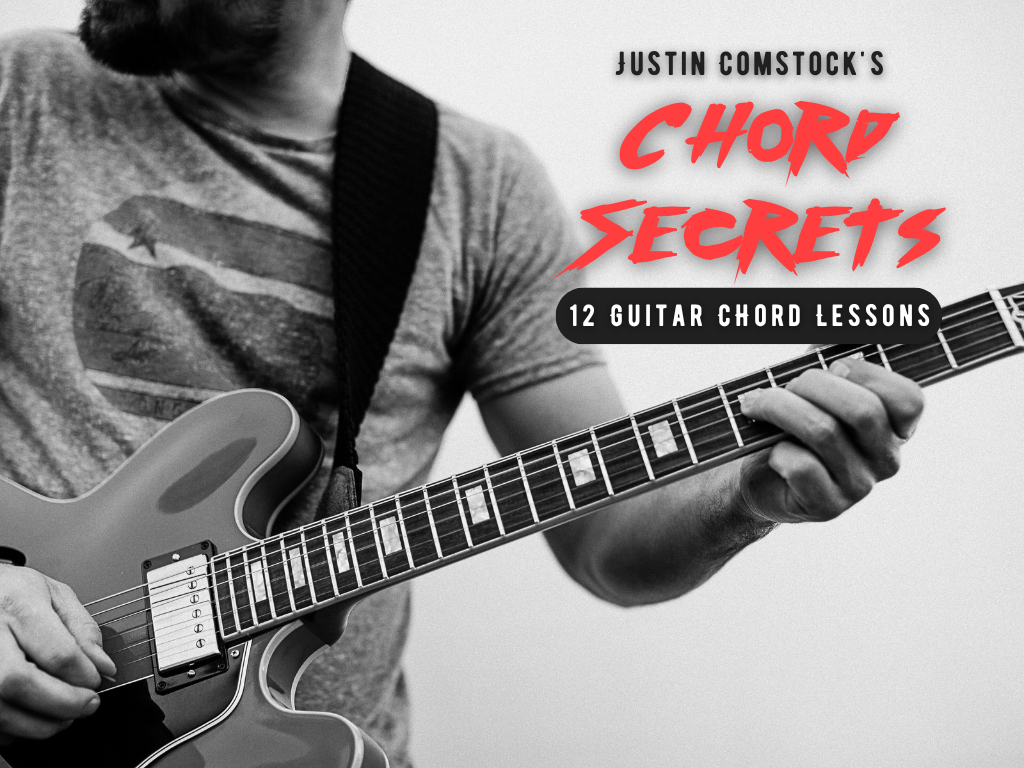If you’ve been playing guitar for more than five minutes, you’ve already met A minor guitar chords—often written as “Am.” But most players? They stop at the open position and never look back.
Big mistake.
Because once you truly unlock Am guitar chords—in all their forms—you open up a toolbox that can drive ballads, rock anthems, flamenco intros, and fingerpicked jazz. And if you stick around, I’ll show you 7 real ways to master this chord… and why the FretDeck™ Kickstarter is your secret weapon.

❌ Stop Guessing. Start Shredding.
If you’re still fumbling through scale patterns and box shapes… it’s costing you progress.
FretDeck™ is the no-fluff system that shows you exactly how to master the fretboard—fast. Early access.
⚡️ This isn’t for dabblers. It’s for players who want results.
👉 Click here to join the pre-launch now
Early access. Limited rewards. Don’t wait.
What Makes the Am Guitar Chord So Powerful?
The Am chord is built from three notes: A (root), C (minor third), and E (perfect fifth). Together, they create a dark, melancholic tonality. It’s expressive. It’s flexible. It plays well with others.
Standard Open Am Chord:
e|---0---
B|---1---
G|---2---
D|---2---
A|---0---
E|-------This shape is a staple in blues, pop, rock, folk—you name it. But now, let’s break out of the beginner box.
1. Use Am Guitar Chords in Progressions that Hit Hard
Am works beautifully in both major and minor contexts. Here are three progressions worth mastering:
- Am – G – F – E: Pure drama. This is your go-to progression for emotional rock and cinematic vibes.
- Am – C – G – F: Moves from minor to major for contrast and resolution.
- Am – Dm – E7 – Am: A flamenco-style progression that dances between tension and resolution.
🔥 Pro Tip: Use FretDeck™ to visualize how Am connects to each chord in the progression. It’s a game-changer for learning fretboard movement.
2. Explore Am Triads Across the Neck
Triads let you shrink chords into tight, punchy voicings—perfect for lead rhythm or comping in a band.
Am Root Position (5th fret):
e|---5---
B|---5---
G|---5---1st Inversion (C on top):
e|---8---
B|--10---
G|---9---2nd Inversion (E on top):
e|--12---
B|--13---
G|--14---Want to drill these shapes? Try our free triad chart here and level up instantly.
3. Pair Am with the A Minor Pentatonic Scale
The A minor pentatonic scale (A–C–D–E–G) is the go-to soloing scale—and it fits over Am like a glove.
Position 1 (5th fret):
e|--5--8--
B|--5--8--
G|--5--7--
D|--5--7--
A|--5--7--
E|--5--8--🎯 Use it to:
- Craft bluesy licks
- Fill gaps between strums
- Build solos from the Am chord
Need help visualizing these scale patterns in every key? FretDeck™ makes it effortless. Back it on Kickstarter now.
4. Don’t Stay in One Shape—Move Am Across the Fretboard
Barre Chord at 5th fret:
e|---5---
B|---5---
G|---5---
D|---7---
A|---7---
E|---5---12th fret variation:
e|--12---
B|--13---
G|--14---
D|--14---
A|--12---
E|-------Switching shapes keeps your playing fresh and makes transitions smoother.
5. How Am Guitar Chords Shape Your Sound by Genre
- Blues: Use Am + minor pentatonic for classic phrasing
- Rock: Barre chords + distortion = anthem material
- Jazz: Add a 7th or 9th (Am7, Am9) to unlock harmonic complexity
Am7 chord example:
e|---0---
B|---1---
G|---0---
D|---2---
A|---0---
E|-------Want to create riffs that feel like Santana or B.B. King? Drop into the Guitar Freaks Hangout and share your progress.
6. Add Suspense with Asus2 and Asus4
Suspended chords spice up predictable progressions. Swap them in for moments of tension.
Asus2:
e|---0---
B|---0---
G|---2---
D|---2---
A|---0---
E|-------Asus4:
e|---0---
B|---3---
G|---2---
D|---2---
A|---0---
E|-------Try ending a verse on Asus4 before resolving to Am. The effect? 🔥
7. Use Am for Songwriting, Melody, and Emotion
Am is the emotional anchor of many great songs. Here’s how to use it:
- Lyric pairing: Great for melancholy, longing, or introspective lines
- Fingerpicking: Use arpeggios or Travis-style picking to make it sing
- Chord melodies: Build riffs directly from the Am chord tones
Want help developing your songwriting chops? Try combining FretDeck’s scale prompts with Am-based chord progressions. It’s a killer way to write guitar-forward songs.
Bonus: Try Am in Alternate Tunings
Drop D tuning (D A D G B E) adds bottom-end power to Am progressions:
e|---0---
B|---1---
G|---2---
D|---2---
A|---0---
D|---0---Perfect for post-rock or cinematic builds.
Final Thoughts
Don’t just play the Am chord. Understand it. Master it. Stretch it across your fretboard.
If you’re serious about learning guitar, FretDeck™ was built to make this kind of deep practice simple, portable, and visual.
🎯 Back FretDeck on Kickstarter 🎸 Join our free Discord community
Because chords aren’t just shapes. They’re stories waiting to be told.
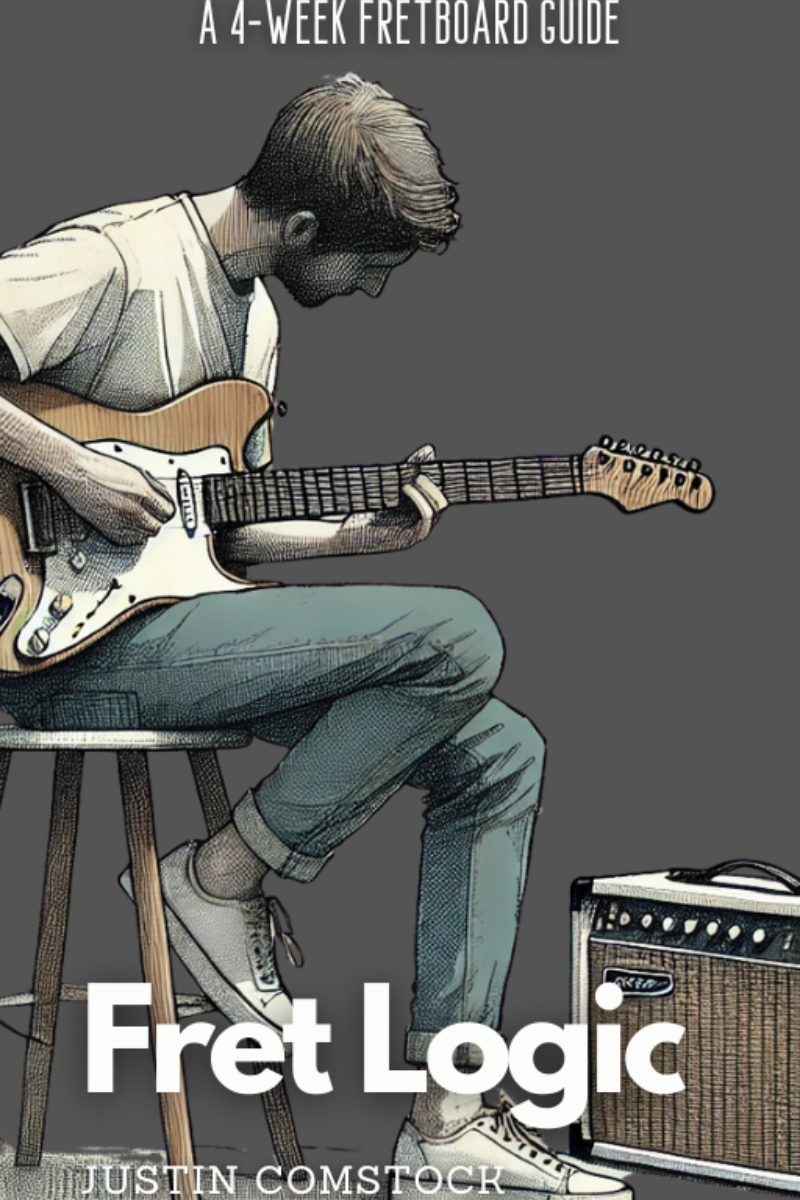
Join Guitar Freaks Hangout on Discord! 🎸
Get Fret Logic FREE!
Join the Guitar Freaks Hangout Discord and get exclusive access to my entire e-book, Fret Logic! Master the fretboard and elevate your solos with this comprehensive guide.
👉 Don’t miss out—join now and download your free copy!
Internal Link: Mastering Common Guitar Chord Progressions
Outbound Link: Want to jam over A minor? Here’s a free A minor backing track on YouTube you can use to experiment with the Am chord and the A minor pentatonic scale.
